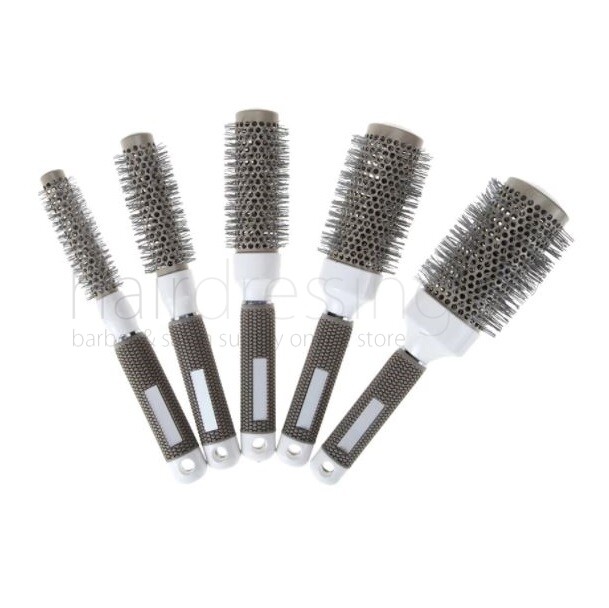In the realm of cutting-edge technology, scientists and researchers have long been fascinated by the intricate designs and mechanisms of living organisms. One such example is the majestic cicada, a beetle-like insect renowned for its distinctive song and remarkable life cycle. Recent breakthroughs in bio-nano cicada technology have been transforming the landscape of nanotechnology, inspiring innovative applications in various industries. In this article, we will delve into the world of bio-nano cicada technology, exploring its fundamental principles, applications, and the latest developments in this rapidly advancing field.

What is Bio-Nano Cicada Technology?
Bio-nano cicada technology is a novel approach that combines the principles of biotechnology and nanotechnology to design and manufacture intricate nanostructures inspired by the cicada’s unique physiology. The key idea is to harness the inherent capabilities of living systems to create innovative materials and devices with unprecedented properties. By integrating the design principles of nature, scientists aim to Push the boundaries of what is possible in the realm of nanotechnology.
The Inspiration from Cicada’s Physiology
The cicada’s unique features, such as its hard exoskeleton, legs, and wings, provide a wealth of inspiration for researchers. The cicada’s exoskeleton, for instance, is made up of a brittle, yet incredibly strong material called cuticle. Composed of chitin and other proteins, cuticle is one of the most robust materials in nature, allowing the cicada to withstand extreme physical forces. Scientists have been working to replicate this remarkable material, which could be used in various applications such as biomedical implants, sensors, and energy storage devices.
How Does Bio-Nano Cicada Technology Work?
The process of creating bio-nano cicada technology involves the following steps:
- Inspiration and Design: Researchers study the cicada’s physiology, identifying key features and properties that can be replicated in a nanoscale.
- Cell Culture and Fermentation: Microorganisms such as bacteria or yeast are cultured and fermented to produce the necessary proteins and compounds for material synthesis.
- Nano-templating: The cultured microorganisms are then combined with the desired molecular precursors to create a bio-inspired material.
- Nanostructuring: The bio-nano material is then subjected to various treatments, such as chemical etching or electromagnetic radiation, to create the desired nanostructure.
- Assembly and Testing: The final nanostructure is assembled and tested for its properties and performance.
Applications of Bio-Nano Cicada Technology
The potential applications of bio-nano cicada technology are vast and diverse. Some of the most promising areas include:
- Energy Storage: The development of high-capacity, nanostructured electrodes for batteries and supercapacitors inspired by the cicada’s exoskeleton could revolutionize the energy storage industry.
- Medical Implants: The creation of bio-compatible materials for implants, prosthetics, and tissue engineering could lead to breakthroughs in regenerative medicine and tissue repair.
- Sensors and Actuators: The fabrication of high-sensitivity sensors and actuators inspired by the cicada’s sensitive wings could enable the development of next-generation robotics and sensor systems.
- Biomedical Implants: The creation of implants with self-healing properties inspired by the cicada’s response to injuries could lead to more effective and durable implants.
Latest Developments in Bio-Nano Cicada Technology
Recent breakthroughs in bio-nano cicada technology have been rapid and exciting. Some of the most notable developments include:
- Development of Bio-Inspired Electrodes: Researchers have successfully created high-performance electrodes inspired by the cicada’s exoskeleton, which show great promise for energy storage applications.
- Introduction of Self-Healing Implants: Scientists have developed implants with self-healing properties inspired by the cicada’s response to injuries, which could revolutionize the field of regenerative medicine.
- Creation of Advanced Sensors: Researchers have fabricated high-sensitivity sensors and actuators inspired by the cicada’s sensitive wings, which could enable the development of next-generation robotics and sensor systems.
FAQ
Q: What are the benefits of bio-nano cicada technology?
A: Bio-nano cicada technology offers several benefits, including the development of sustainable materials, improved energy efficiency, and enhanced bio-compatibility in biomedical applications.
Q: How is bio-nano cicada technology different from traditional materials science?
A: Bio-nano cicada technology combines the principles of biotechnology and nanotechnology to design and manufacture innovative materials inspired by living systems. In contrast, traditional materials science focuses on the synthesis and characterization of materials based on well-established chemical and physical principles.
Q: Can bio-nano cicada technology be used for environmental applications?
A: Yes, bio-nano cicada technology has the potential to be used in various environmental applications, such as water purification, air quality monitoring, and sensing of toxic chemicals.
Q: What are the future directions for bio-nano cicada technology?
A: The future of bio-nano cicada technology looks promising, with potential applications in energy storage, medical implants, sensors and actuators, and biomedical research. Further research is needed to fully explore the potential of this innovative technology.
Conclusion
The emergence of bio-nano cicada technology represents a major breakthrough in the field of nanotechnology. By harnessing the design principles of nature, scientists are unlocking the secrets of the cicada’s remarkable physiology, creating innovative materials and devices with unprecedented properties. The potential applications of bio-nano cicada technology are vast and diverse, ranging from energy storage and medical implants to sensors and actuators. As researchers continue to explore the possibilities of this innovative technology, we can expect to see significant advancements in various industries and a major impact on our daily lives.
As we venture into the unknown territories of bio-nano cicada technology, we must remember that the future of material design is not limited to synthetic materials, but can also draw inspiration from the intricate and complex forms of nature. The cicada’s physiology has provided us with a powerful blueprint for innovation, and we can expect to see many more exciting breakthroughs in the years to come.
Closure
Thus, we hope this article has provided valuable insights into The Rising Advancements in Bio-Nano Cicada Technology: Unlocking the Secrets of Nature’s Inspiration. We thank you for taking the time to read this article. See you in our next article!


